Performance Metrics
Fundamental Metrics
Emotional Appeal
MMP Rating
| Engine Specifications | |
|---|---|
| Engine: | Inline 6 |
| Displacement: | 170 cubic inches |
| Horsepower: | Estimated 80-85 hp |
| Torque: | 125 lb-ft |
| Compression Ratio: | Estimated 7.0:1 |
| Ignition System: | Distributor and coil |
| Cooling System: | Liquid-cooled |
| Performance Specifications | |
| 0-60 Time: | Estimated 20 seconds |
| 1/4 Mile Time: | Not available |
| Top Speed: | 75 mph |
| Transmission and Drive | |
| Drive Type: | Rear-wheel drive |
| Transmission Type: | 3-speed manual |
| Fuel and Efficiency | |
| Fuel System Type: | Carburetor |
| MPG: | Estimated 15-20 mpg |
| Dimensions and Brakes | |
| Brakes: | Drum brakes |
| Wheelbase: | 113 inches |
| Weight: | Estimated 3,200 lbs |
Note: Specifications for classic cars are given to the best of our ability, considering the limited and variant data available.
Introduction
The 1949 Studebaker Taxi stands as a testament to post-war American ingenuity, a beacon of practicality and durability in the bustling streets of mid-century urban landscapes. Born from the Studebaker Corporation, an automaker renowned for its forward-thinking designs and robust engineering, this taxi variant carved out its own niche in the annals of automotive history. With a design tailored for the rigors of taxi service, it offered a unique blend of comfort and reliability that was highly valued in the era's transportation industry. A notable moment in this vehicle's storied past is its iconic appearance in period films, forever capturing the essence of an age when taxis were kings of the city roads.
Design and Innovation
The 1949 Studebaker Taxi was a marvel of design, featuring a streamlined body that exuded a sense of motion even at a standstill. Its rounded fenders, prominent front grille, and sleek contours were a departure from the boxy aesthetics of many contemporaries. Inside, passengers were greeted with durable yet comfortable seating, designed to withstand constant use while providing a pleasant ride. The materials used were chosen for longevity, with easy-to-clean surfaces ideal for the taxi trade. Technologically, it boasted features like an advanced (for its time) heating system and defroster, ensuring passenger comfort in all weather conditions. While color options for taxis were typically less varied than consumer models, the Studebaker could be seen sporting the classic yellow with checkered accents or other company-specific liveries. The sedan body style was by far the most popular for its spacious interior and ease of passenger ingress and egress.
Historical Significance
The 1949 Studebaker Taxi's impact on automotive design was subtle yet significant. It demonstrated that vehicles could be both aesthetically pleasing and purpose-built for specific commercial applications. This model stood apart from its contemporaries with its focus on passenger comfort and operator ease-of-use, influencing future generations of service vehicles. Its lasting influence can be seen in the continued importance placed on durability and functionality in today's commercial transport designs.
Performance and Handling
Performance-wise, the 1949 Studebaker Taxi was built to endure rather than to excite. Its top speed and acceleration were adequate for urban environments, where quick bursts of speed gave way to stop-and-go traffic demands. Handling was engineered with city driving in mind; it navigated through tight streets with relative ease and absorbed road imperfections without unsettling passengers. Drivers appreciated the straightforward mechanical setup that allowed for intuitive vehicle control, complemented by an engine sound that hummed reliability.
Ownership Experience
As a workhorse of urban transportation, the 1949 Studebaker Taxi found its place as a daily driver within taxi fleets rather than as a show car or racing machine. Maintenance was straightforward due to its no-frills design and robust components, making it a favorite among operators who valued uptime over luxury. Reliability was one of its strongest selling points, ensuring that these vehicles remained on the road for countless miles.
Fun Facts
The 1949 Studebaker Taxi may not have been the flashiest vehicle on the road, but it holds its own in trivia. For instance, some models were equipped with early automatic transmission systems known as "Automatic Drives," which were quite innovative at the time. Although not common in taxis due to their higher cost and complexity compared to manual transmissions, they are an interesting footnote in this model's history.
Collector's Information
Today, finding a 1949 Studebaker Taxi can be quite challenging; production numbers were not as high as consumer models making each surviving example a rare gem. As such, values can vary significantly based on condition and originality; however, one might expect to see prices ranging from $10,000 for models needing restoration to upwards of $40,000 or more for pristine examples. The market trend seems to appreciate these vehicles slowly but steadily as they become rarer and more desirable among collectors who value their unique place in automotive history.
Conclusion
The 1949 Studebaker Taxi is more than just an artifact from another era; it is a rolling chronicle that tells a story of durability and service during one of America's most dynamic periods. Its legacy endures not only through its contributions to commercial vehicle design but also through each preserved example that continues to captivate enthusiasts around the world.
1949 Studebaker Taxi Catalog of Parts
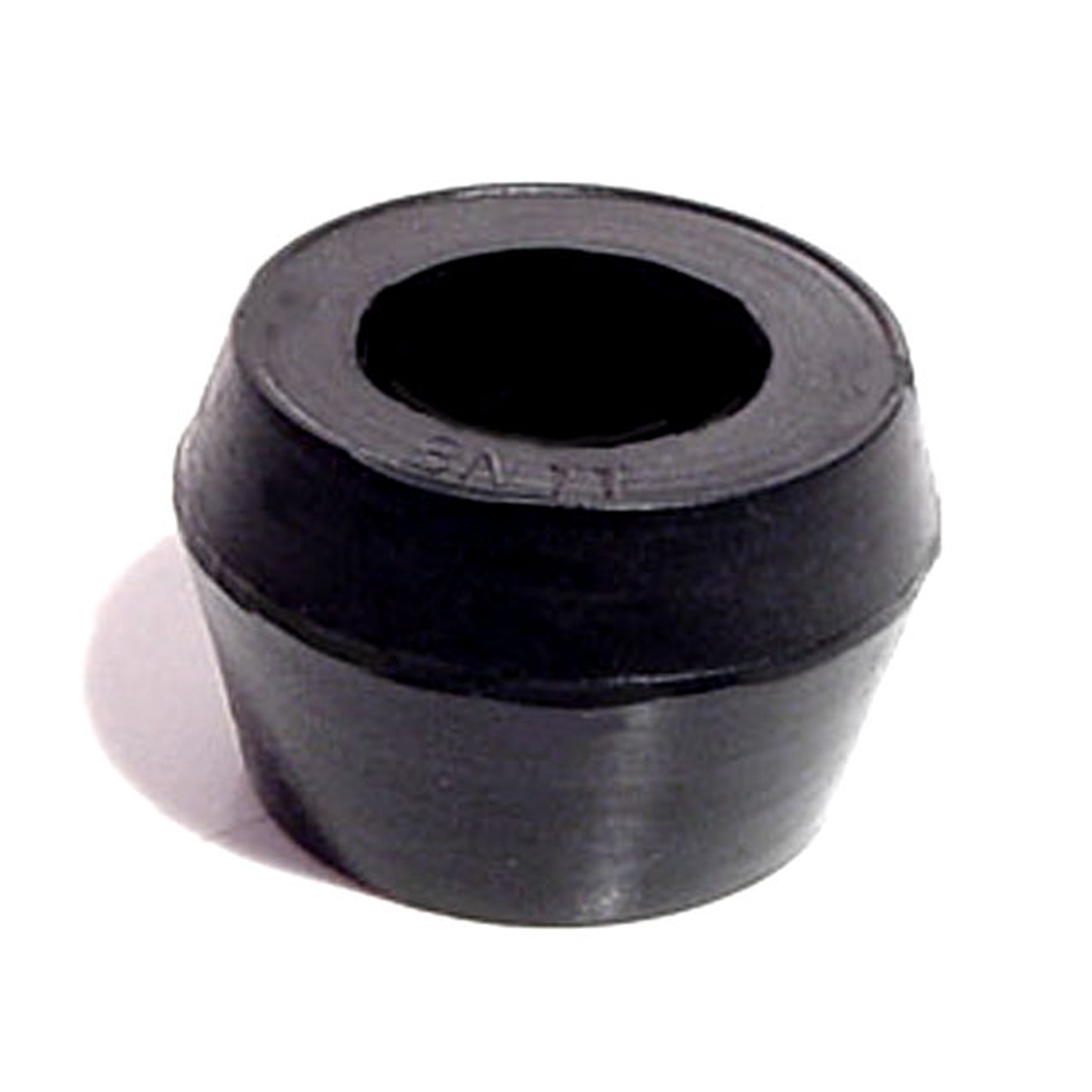 1949 Studebaker Taxi Shock Absorber Grommet. 1" bottom O.D-BN 11Shock Absorber Grommet. 1" bottom O.D., 3/4" high, with 5/8" I.D. Each
1949 Studebaker Taxi Shock Absorber Grommet. 1" bottom O.D-BN 11Shock Absorber Grommet. 1" bottom O.D., 3/4" high, with 5/8" I.D. Each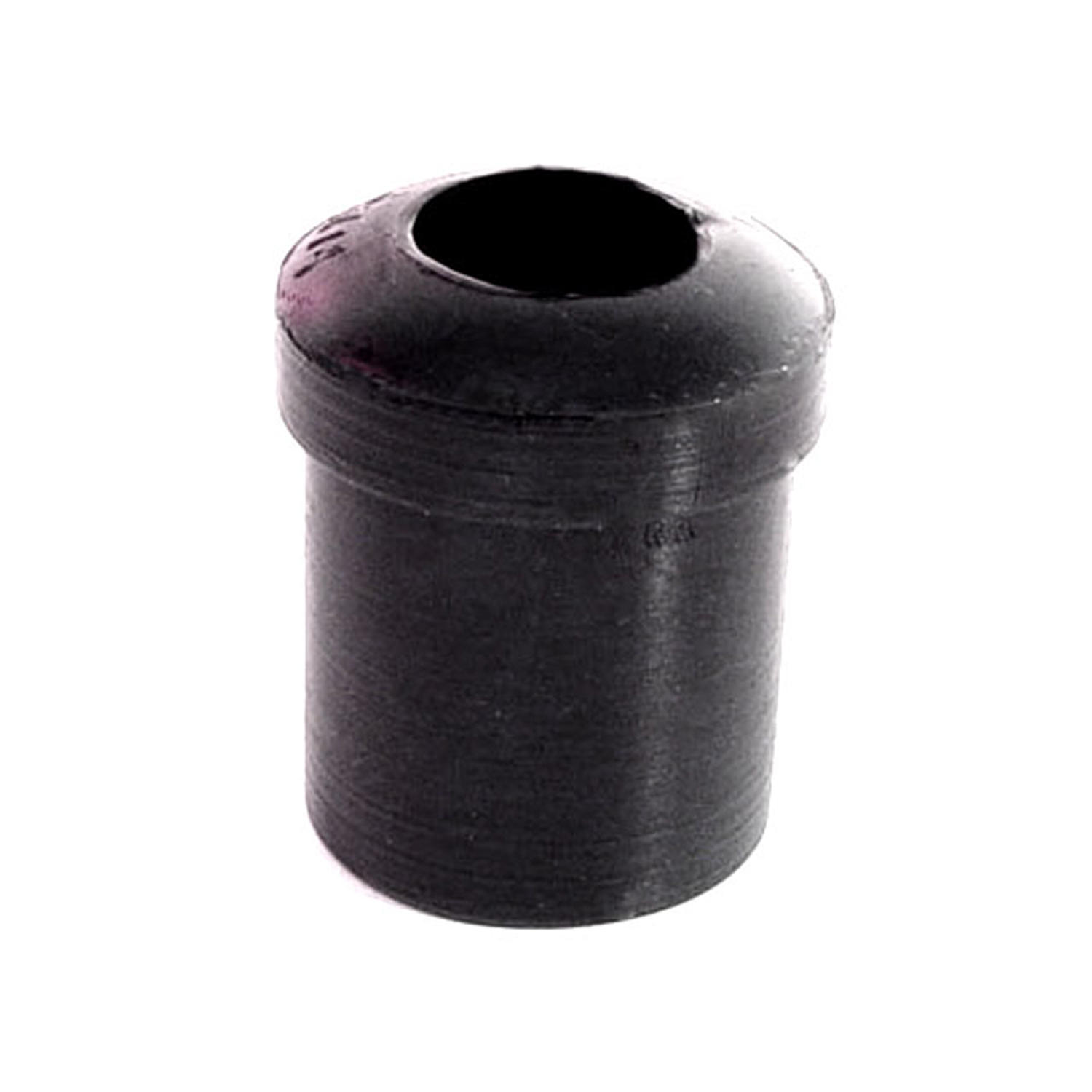 1949 Studebaker Taxi Spring and Shackle Bushing. 1-1/16" bottom O.D-BN 14Spring and Shackle Bushing. 1-1/16" bottom O.D. X 1-1/2" high, with 5/8" I.D. Each
1949 Studebaker Taxi Spring and Shackle Bushing. 1-1/16" bottom O.D-BN 14Spring and Shackle Bushing. 1-1/16" bottom O.D. X 1-1/2" high, with 5/8" I.D. Each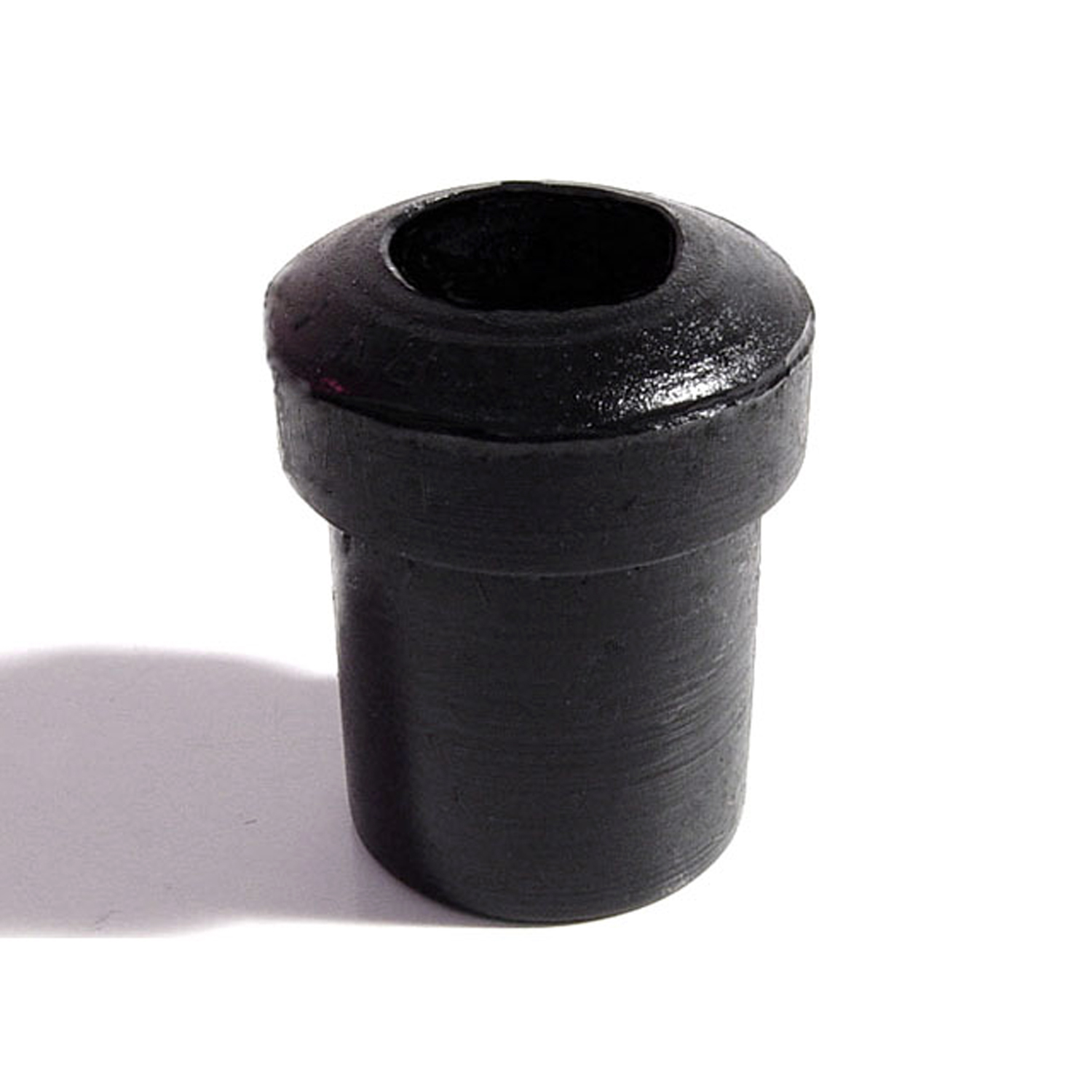 1949 Studebaker Taxi Spring and Shackle Bushing. 7/8" bottom O.D-BN 16Spring and Shackle Bushing. 7/8" bottom O.D. X 1-1/8" high, with 1/2" I.D. Each
1949 Studebaker Taxi Spring and Shackle Bushing. 7/8" bottom O.D-BN 16Spring and Shackle Bushing. 7/8" bottom O.D. X 1-1/8" high, with 1/2" I.D. Each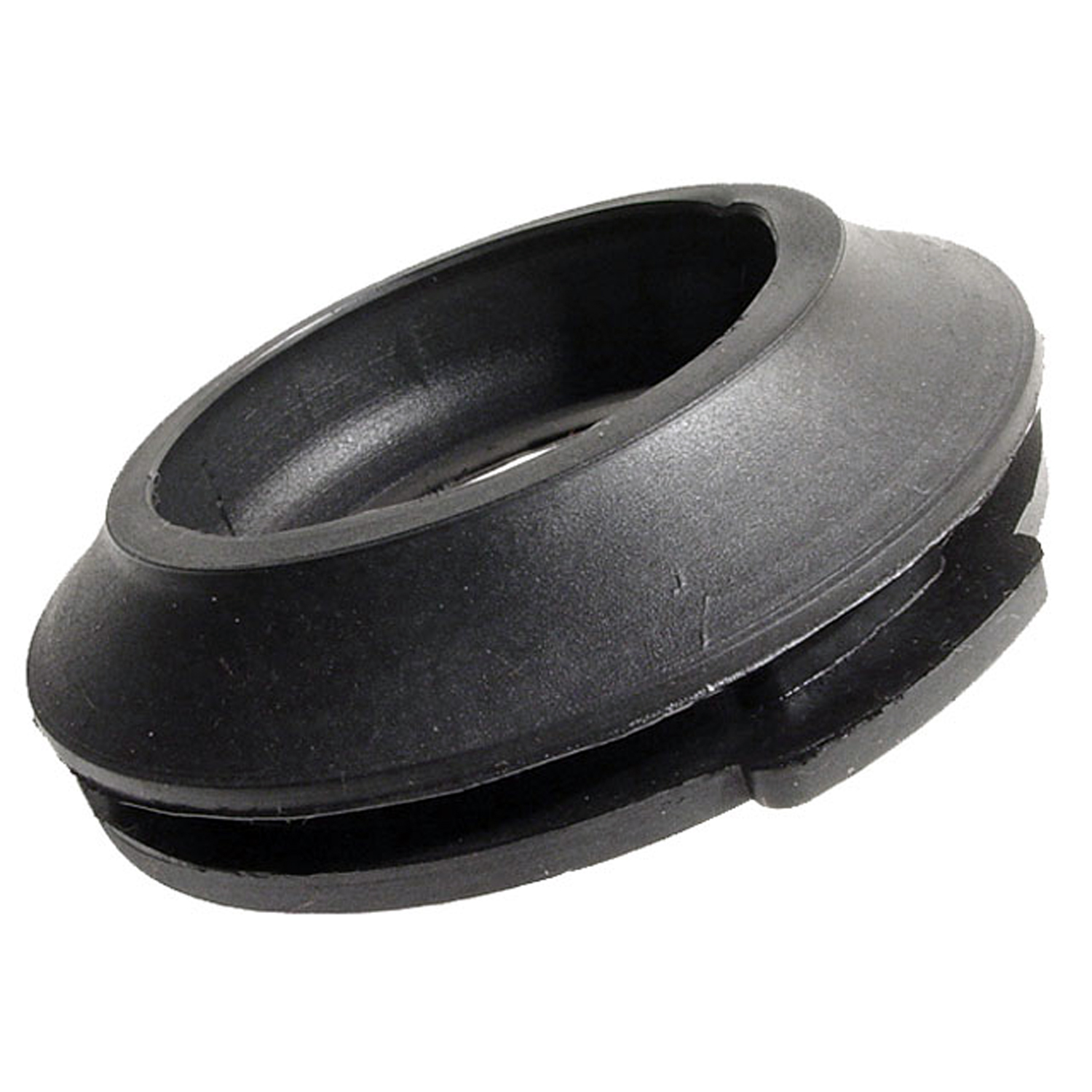 1949 Studebaker Taxi Gas Filler Grommet. Perfect reproduction. Top 2-1/16" I.D-GF 45Gas Filler Grommet. Perfect reproduction. Top 2-1/16" I.D., 3-7/16" O.D. Each
1949 Studebaker Taxi Gas Filler Grommet. Perfect reproduction. Top 2-1/16" I.D-GF 45Gas Filler Grommet. Perfect reproduction. Top 2-1/16" I.D., 3-7/16" O.D. Each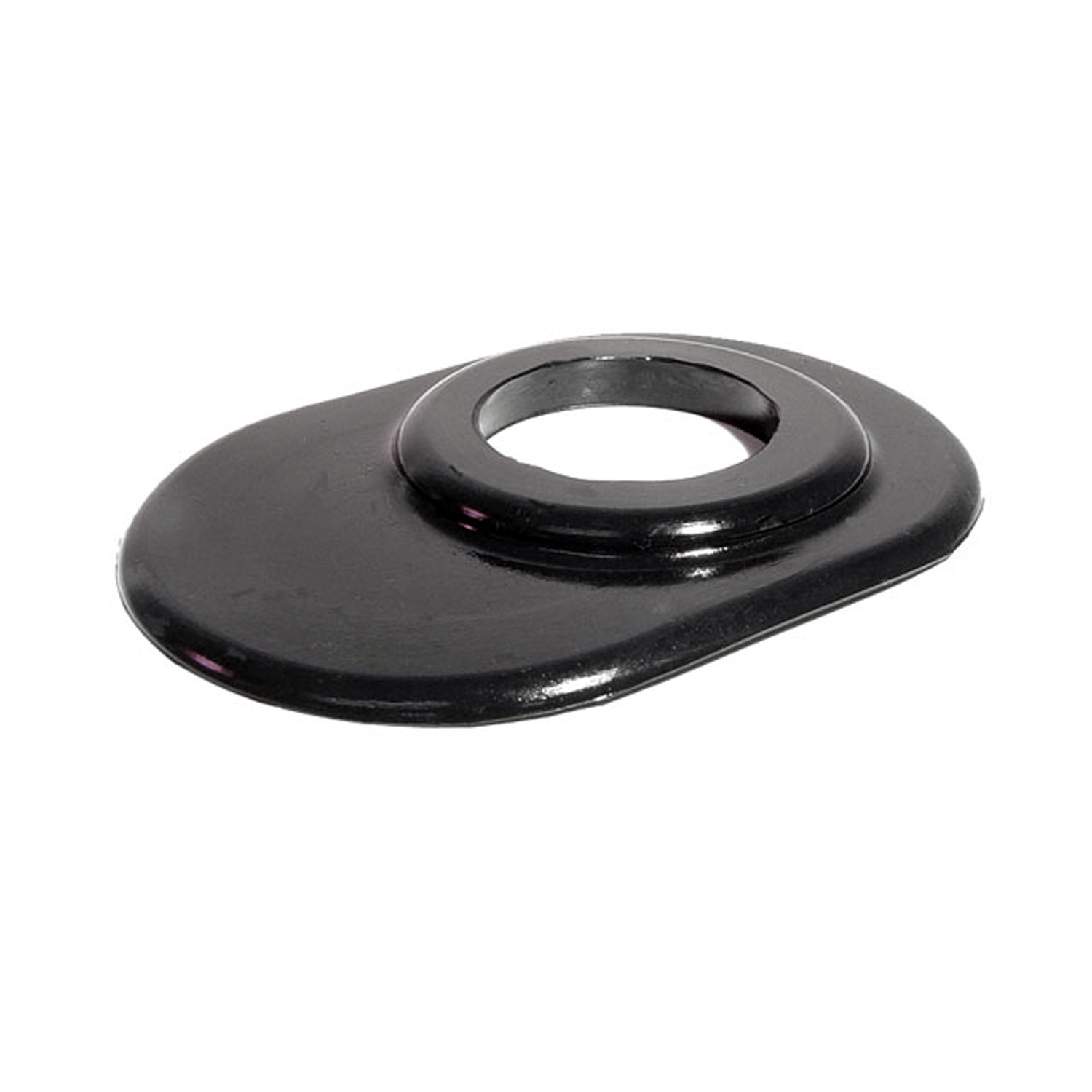 1949 Studebaker Taxi Steering Column Grommet. For 3-speed models. Each-SC 24-ASteering Column Grommet. For 3-speed models. Each
1949 Studebaker Taxi Steering Column Grommet. For 3-speed models. Each-SC 24-ASteering Column Grommet. For 3-speed models. Each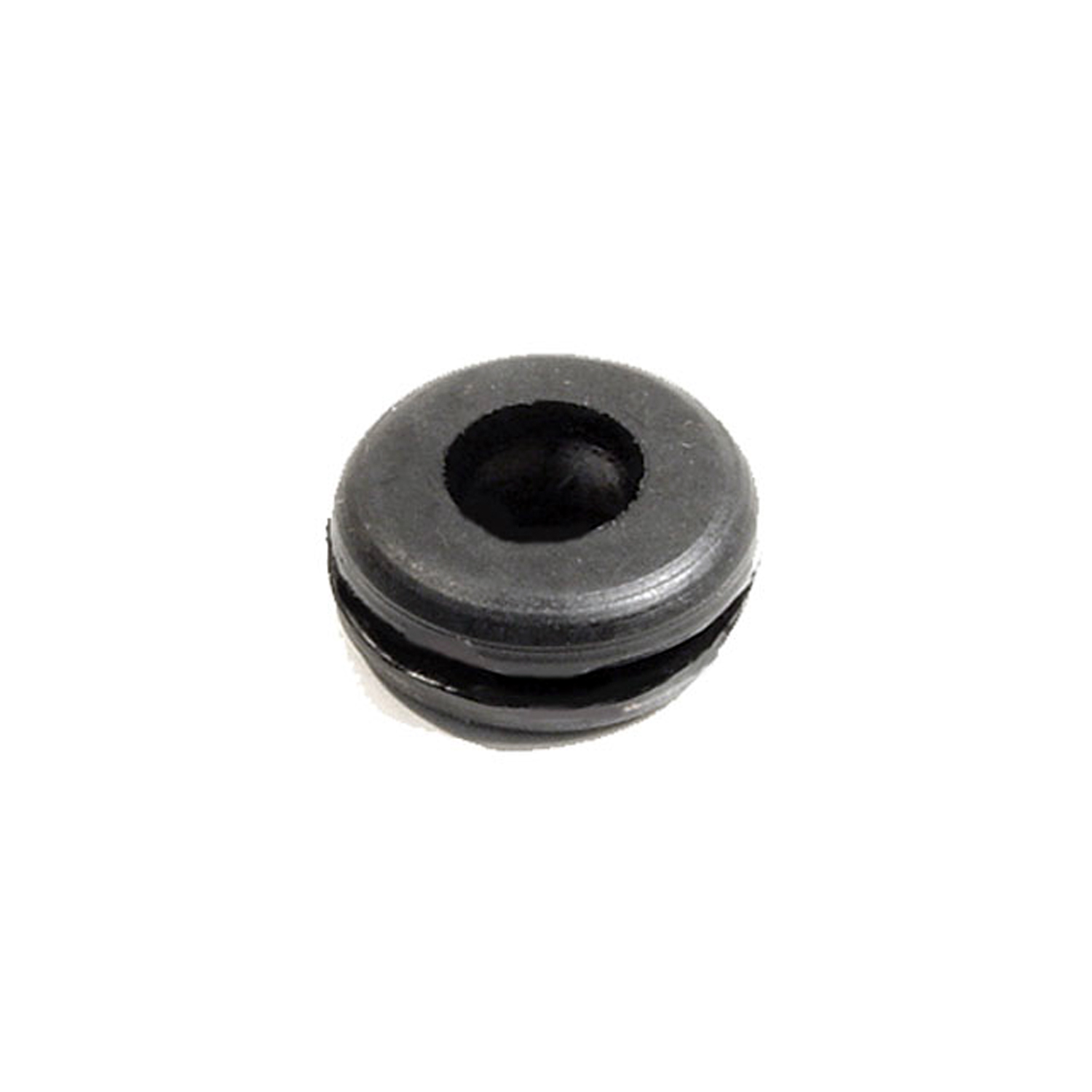 1949 Studebaker Taxi Headlight & Tail-Light Wire Grommet. 3/8" I.D., 7/8" O.D-SM 13-AHeadlight & Tail-Light Wire Grommet. 3/8" I.D., 7/8" O.D. Each
1949 Studebaker Taxi Headlight & Tail-Light Wire Grommet. 3/8" I.D., 7/8" O.D-SM 13-AHeadlight & Tail-Light Wire Grommet. 3/8" I.D., 7/8" O.D. EachWhy Choose Metro?
For over 100 years, Metro Moulded Parts has been the pinnacle of quality in classic car restoration parts. Our commitment to precision and authenticity in every component ensures a perfect fit and an OEM-level appearance.
- Expert Craftsmanship & Quality: Each part is a testament to our dedication to reliability and perfection, crafted from original designs and thoroughly tested.
- Advanced Technology: We use cutting-edge techniques to create flawless, long-lasting parts that surpass others in performance.
- SuperSoft Sponge – The Ultimate Door Seal: Not only are our door seals 30% softer than competitors', but they're also guaranteed to never leak. They effectively reduce wind and road noise, enhancing your classic car's comfort and driving experience.
- Proudly American: Our parts are a product of American craftsmanship, made in the USA with a spirit of excellence and heritage.
- Unrivaled Warranty: We back our products with a 30-year industry-leading warranty, a testament to our confidence in their quality.
Join us in preserving the legacy of classic cars with parts that are crafted for perfection, not just made.

